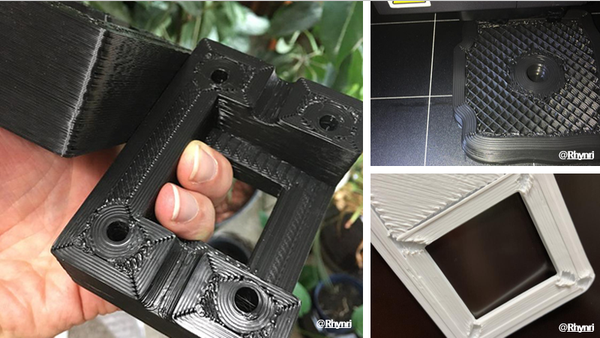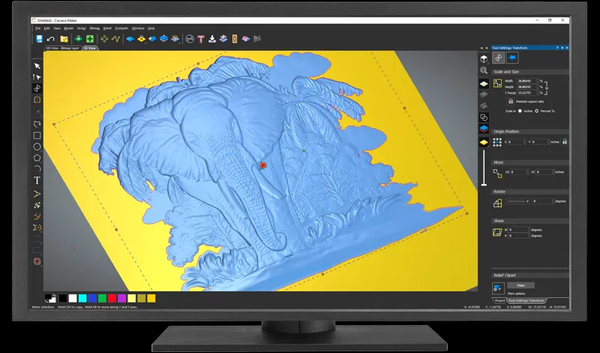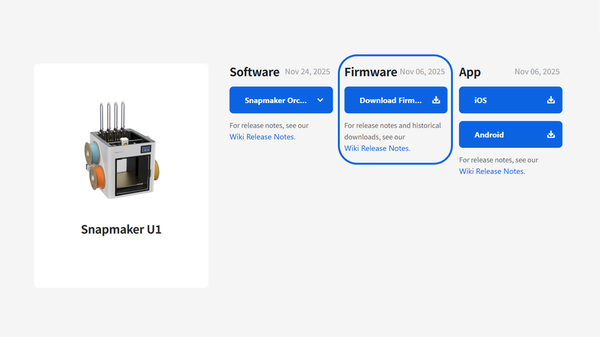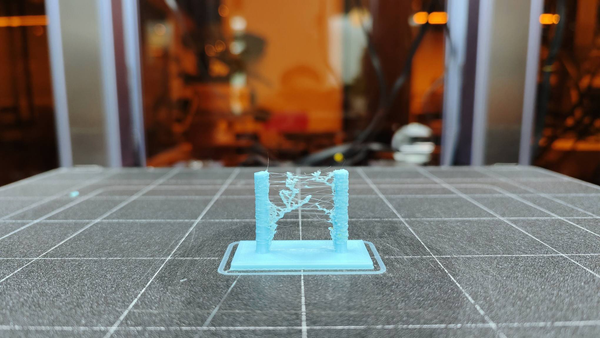Snapmaker Artisan | Upgraded 3-in-1 Solution
Let’s look into the three toolheads of Artisan!
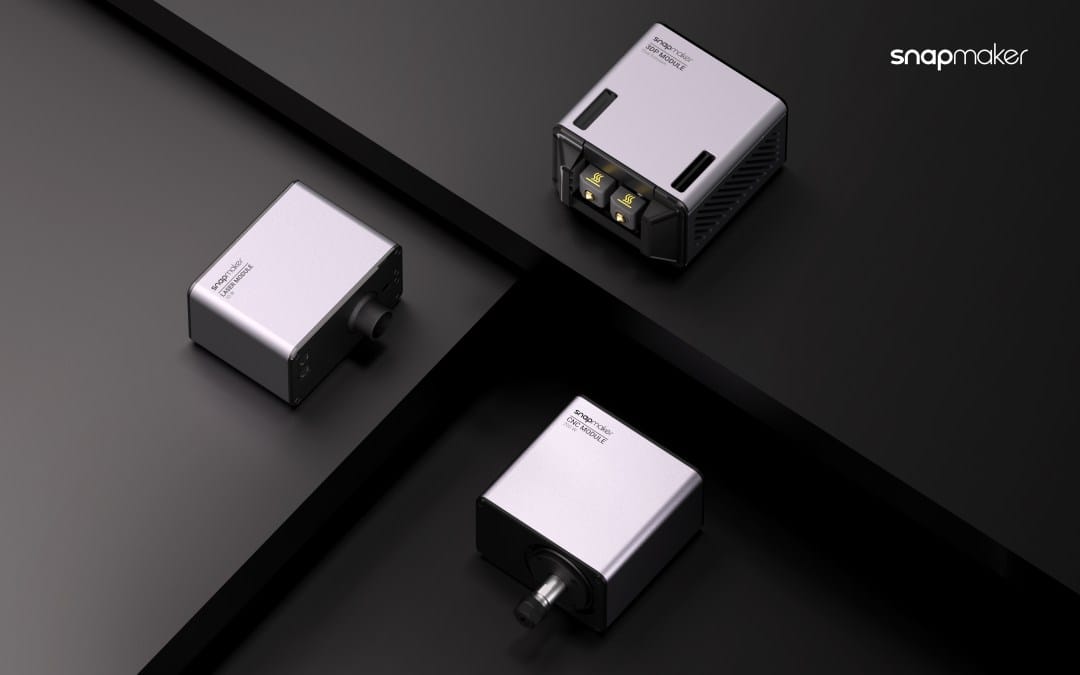
Hi makers,
Here comes the second episode of the “Snapmaker Artisan” Series! In the first episode, we introduced our Next-Gen Linear Modules which are fundamental to the quality of Artisan. If you haven’t got the chance to read about it, check it out now. Today, let’s look into the three toolheads of Artisan. We strive to continuously upgrade our 3-in-1 solutions for global users. As in Snapmaker Artisan, we significantly improved the function of 3D Printing, Laser Engraving and Cutting, CNC Carving and Cutting, to level up the performance.
300°C Dual Extrusion 3D Printing
Dual Extrusion has long been on the wish list of our community. And we just turned it into reality! Dual extrusion means even more possibilities. It opens up a world of 3D printing with multiple materials and a wide variety of colors. Compared with Snapmaker 2.0, Artisan is fully improved in printing speed, precision, filament compatibility and accessibility.
The switching mechanism and auto bed leveling solution are key to the design of a dual extruder. In major dual extruders available on the market, the two extruders are usually mechanically lifted, which means time-consuming procedure in which the toolhead has to move along the X axis and hits either end of it to complete the switching. In Artisan, the extruders are automatically lifted by the lead screw stepper motor, which enhances the swapping efficiency and eliminates the noise caused by mechanical lifting.
Artisan can automatically level the heated bed and calibrate the Z offset of the two extruders, and then calibrate the XY offset with a semi-auto program. In just 3 steps, you can enjoy dual-material or bicolor printing with perfect adhesion and alignment. There are also built-in springs near the nozzles that help facilitate calibration and prevent nozzles from bumping into the bed or print. With Artisan, we offer double-sided build plate for you to easily switch between regular materials like PLA, PETG and flexible materials like TPU. The build plate is glossy glass on one side and PEI coating on the other side. Therefore, we accordingly adopted the photoelectric switch to realize auto bed leveling.
Switching materials mid-printing is definitely something you can try with a single extruder. But there are things to keep in mind. Filaments of different properties require different nozzle temperatures to function well, which means you also have to adjust temperatures before manually changing materials. Otherwise, temperature (either too high or too low) will cause carbonization, and subsequently, a clogged nozzle and under-extrusion. In this way, dual-material is realized at the expense of your time and the quality of the print.
Things can be different with two separate nozzles that can heat up to 300°C! You can play with a wider range of materials—dissolvable materials like PVA and HIPS, Breakaway filaments, and even the tough nylon. Removing support material is in no way a pleasant job which might even leave rough patches on your prints. Dissolvable supports can save you from this nightmare. And Breakaway filament offers the same support as normal materials but is much easier to remove without the need for further post-processing. You can be bold in printing models with intricate structure. The distance between the printing process and a perfect final product is a lot closer now. You are also up to change nozzles of different sizes based on your need.
10W High Power Laser Engraving & Cutting
You might be already familiar with the 10W High Power Laser Module launched in November 2021. This time, Artisan comes with it. What’s more, you can laser engrave something as big as 400 mm × 400 mm × 400 mm! The Laser Beam Splitters and beam shaping optics in the laser module provide 10W high power and a 0.05 × 0.2 mm ultra-fine laser focus. The triangulation system, along with the wide-angle camera, calculates the material's thickness, finishes auto focus in seconds, and lets you get an instant job preview in Snapmaker Luban. The 10W Laser Module can engrave at a speed as high as 6000 mm/min, while cutting through paulownia wood as thick as 8 mm in a single pass. You can create laser works with impeccable details. Check out the previous article on 10W Laser Module for detailed introduction.
Since February, user projects made with the 10W Laser Module keep popping up in our community. Let’s take a look at what you can create with this powerful module!
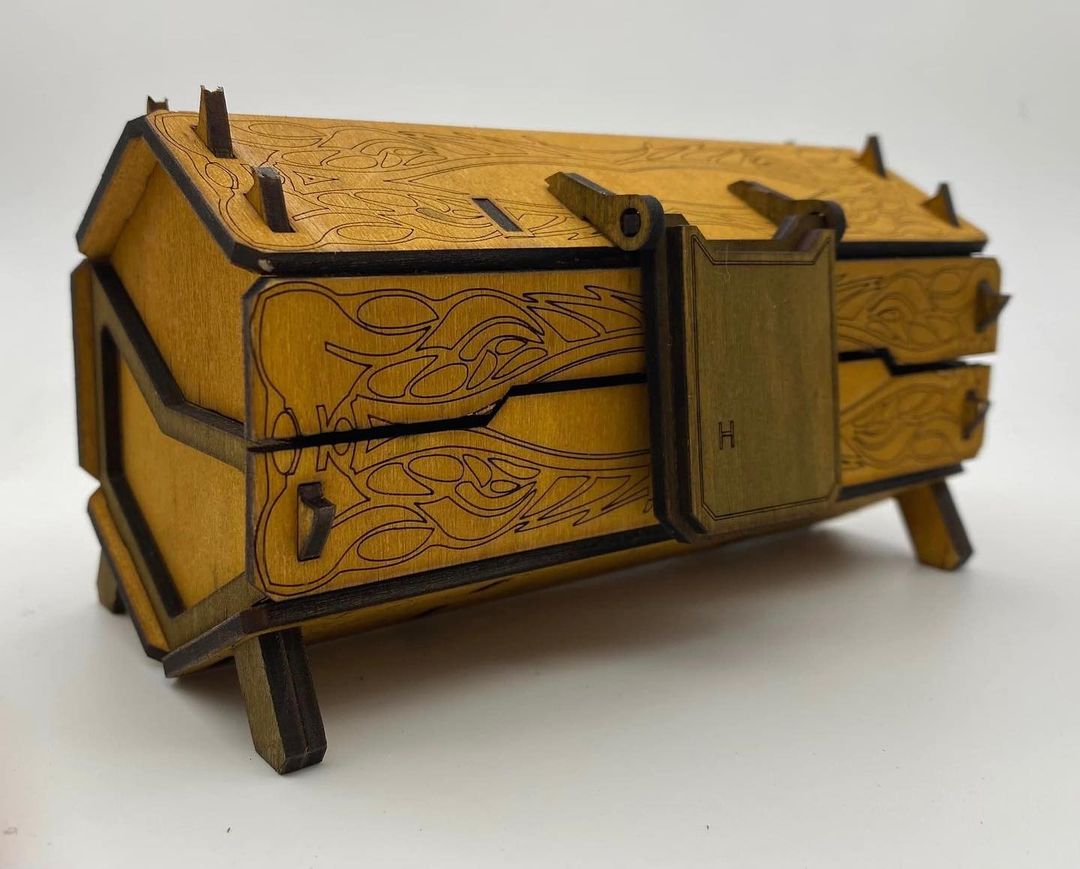
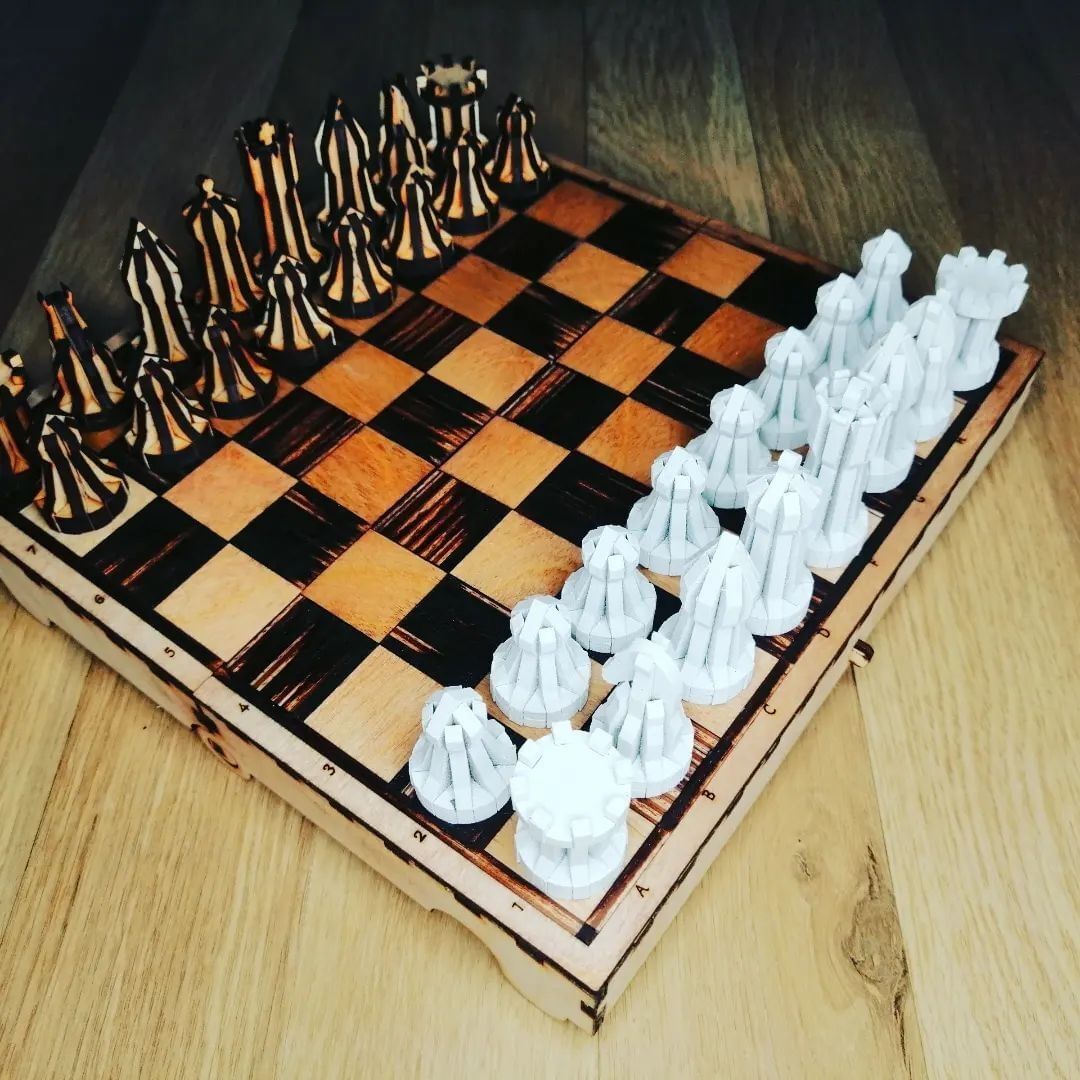
From left to right: Laser Box made by community member Renee Haden-Knost (Design by Vasily39); Chess Game made by community member Lennart Lamoller
200W CNC Carving & Cutting
The 200W CNC module of Artisan is designed to meet the need for precision machining of hardwood like beech and walnut, jade, and other hard materials. In comparison with Snapmaker 2.0, the 200W CNC module of Artisan has increased by 300% in power and 50% in max spindle speed. It is 6 times faster[1] in machining on hardwood like beech, with a dimensional accuracy of up to 0.2 mm[2]. Circular runout within the collet now achieves 0.02 mm, whereas with the 50W CNC module of Snapmaker 2.0, this spec measures 0.05 mm.
Choosing the right cutting tools is essential for CNC machining. This new CNC module is equipped with three CNC router bits—two Flat End Mills (single flute and double flute) plus one Straight Groove V-bit for you to achieve efficiency in CNC machining!
In this article, we have introduced the toolheads of Artisan. The Double Extrusion 3D Printing Module and 10W Laser Module are compatible with Snapmaker 2.0. For your reference, you can learn about the compatibility of modules and addons in our product line here. Also, you can sign up to get notified by our following articles on Artisan. See you next week!
[1] The max. recommended feed speed for the 50W CNC Module is 1000 mm/min, with a 1 mm step-down, and 3000 mm/min for the 200W CNC Module, with a 2 mm step-down.
[2] This data is obtained by cutting beech, which may vary depending on the testing conditions and product iteration, and is for reference only.

